Any in-car audio entertainment aside from conversation didn't really exist until the 1930s, when radio (or wireless, as we should really call it, old chap) technology had progressed enough that receiver sets could be offered, albeit at great expense.
It's no surprise, then, that wireless expert BH Davies wrote in a popularly received Autocar article in March 1925 that "at first sight, the only natural link between motoring and wireless is that both are semi-technical hobbies, the pursuit of which does not necessarily demand a long apprenticeship to engineering, or, indeed, anything beyond a rule-of-thumb knack of handling controls, the purpose of which is vaguely comprehended".
"The two hobbies in England have generally been pursued quite separately," Davies said, "but in America they are very largely operated in combination, portable wireless sets figuring in the equipment of a great many cars."
The reason that the typical English motorist did not "trouble to pack a costly and fragile apparatus on his car for use at picnics, or whilst staying with friends, or for diversion during a quiet evening at some distant hotel" was primarily because the sets obtainable in this country were not yet adequate for such activity.
"The typical British receiver of past seasons demands a full-size outdoor aerial and a decent earth," Davies continued. "Even at that, it has generally suffered from two egregious faults. Its worst has been a lack of selectivity, which imposed a jangle of Morse signals and 'mush' on the broadcast telephony.
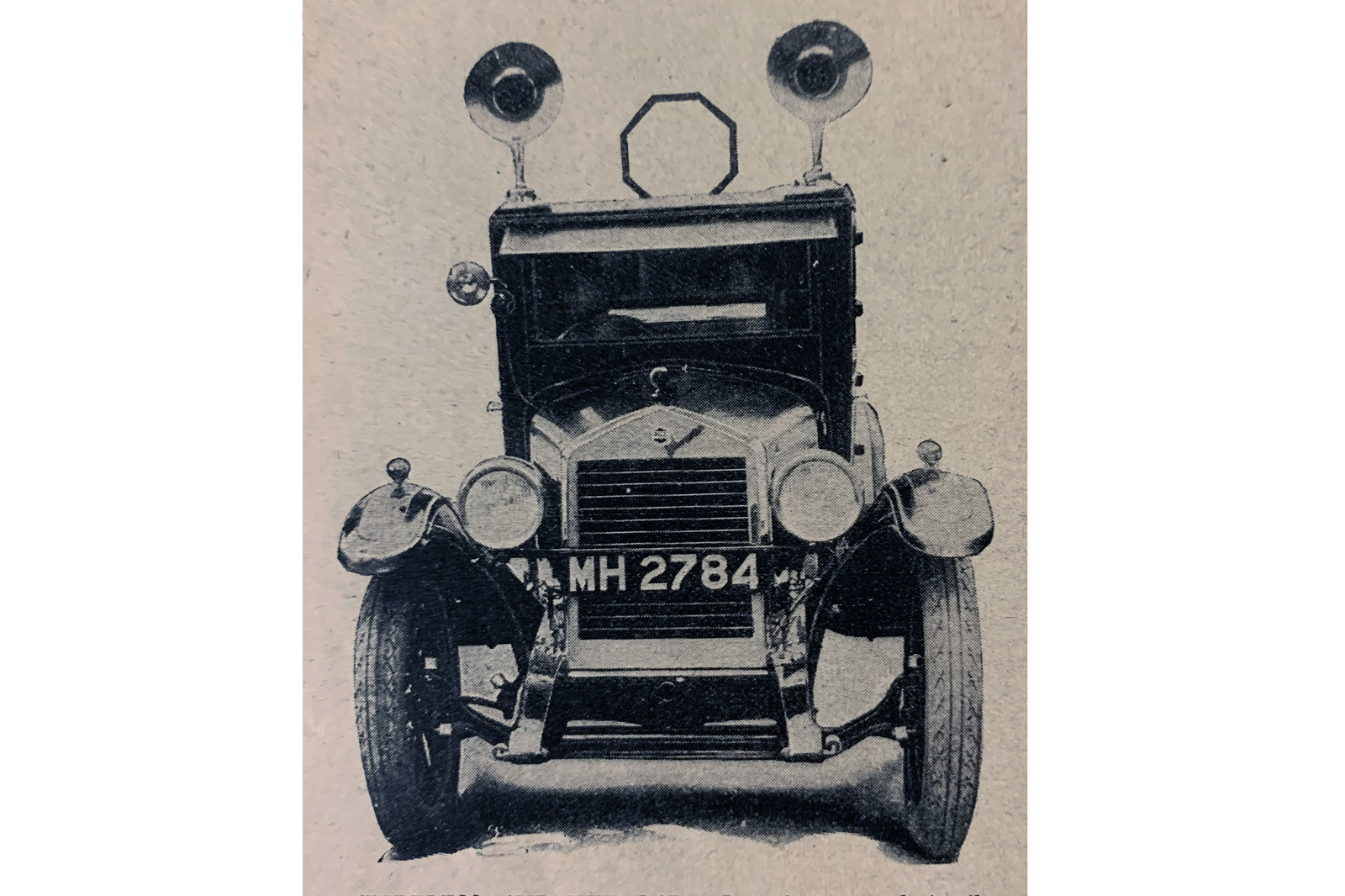
"Nevertheless, for a considerable time, it has been possible to buy a special type of receiver which practically fulfils the ideal specifiaction for a portable receiver. It eliminates all interference, save atmospheric discharges which are still uncurable, but, fortunately, innocuous on most winter and some summer evenings.
"It will operate a powerful loudspeaker at full strength without an outside aerial or real earth, requiring no pick-up inductance beyond a small frame aerial, which may be of the folding type or can be wound inside the lid of a cabinet. Its current consumption is so small that a tiny four-volt accumulator [that's a battery to you and me] of 20Ah capacity will operate it for 50 or 60 hours on one charge. It has controls so few and so simple that a wholly untechnical woman [or man, come on BH…] in Great Britain can pick up American broadcast programmes with it."
The reason we had to put up with inferior wireless until this time was, apparently, due to the lack of dull emitter valves. Probably won't find any of those in your DAB radio.
The one and only drawback of the 'supersonic heterodyne' (brilliant name) receiver was – as has always been and always will be the case with new technologies – price. A ready-made receiver would've cost you £75 (the equivalent of about £4480 today).
However, most people back then would have constructed their own sets, thanks to instructions provided by specialist magazines, and the principle of a 'superhet' was "childishly simple".
"If two stations are broadcating telephony on neighbouring wavelengths," Davies laid out, "ordinary methods of reproduction will fail to separate the two stations, especially if they are of equal power and equidistant from the listener. But if these two wavelengths are multiplied by some high figure, the margin between them will no longer be narrow, but they can be sundered so completely that the desired signals can be thoroughly isolated with extreme purity.
"This is readily achieved by the superhet. A rough and inaccurate description would say that the signals are rectified, transferred to a tremendously higher wavelength, amplified on that new wavelength and finally listened to with the aid of a loudspeaker."
This technique usually required as many as 10 valves, but the superhet could use just five, making several work double jobs. Indeed, wireless technology was progressing at an incredible rate. "This year, the upkeep of a superhet will be less than the yearly bill of a humble headphone two-valver of the 1924 pattern," predicted Davies.
"The newer version rescues the garden from towering masts; and in winter it has the second merit of permitting the owner to enjoy his news or his symphonies in whichever room is most convenient.

"Having purchased or built a superhet, the motorist will consider whether the cabinet should be put aboard the car. One imagines the answer in this country will normally be negative. The receiver will measure perhaps 30x10x10in. This is too bulky an article to be welcomed into the stern sheets of the typical 10hp four-seater."
Occasional transportation of this long, narrow box on the rear seats, however, was probable. Examples inluded "the man who is going down to a remote bit of river with his rods, or to some lonely covert with his guns; the hostess who is discharging social obligations by a picnic; the tourist who is exploring the wilds of the Lake District, where there are no evening papers, but must know the progress of a Test match; the couple with a weeekend bungalow or cottage, and a few young friends who like jazz".
As he suggested, Davies was back in our pages just four months later to report that a superhet measuring only 7x18x7in – "less like a coffin", in his words – could now be procured, sans aerial and batteries. Easily carried on the running board of a small car, don't you know. And forget shelling out that whopping £75 – you could build one yourself for as little as £28 (£1670). Davies reported getting a station in Hamburg loud and clear from a valley in the Sussex Downs.
As an aside, Davies also detailed how the motorcyclist could catch the news when dispatched somewhere evening papers weren't to be found. "I pack a single-valve receiver into a haversack," he said, "with 100ft of good flex, a dry cell, a slightly larger battery and one pair of headphones.
"Provided I can rig up the flex from an upstairs window to a handy tree, or across two trees, and fix the earth wire to a bedstead or to a tyre lever hammered into the ground, I can hear not one BBC station, but as a rule three."
That image is as hilarious for the modern motorist to picture as it would have been bewildering to behold for some rural farmer born in the early 1800s. And just think how simplified and seamless could be technologies that today can be a complete pain in the backside. Like electric vehicle charging, perhaps.
Read more
From the archive: The first race on the Isle of Man, 1904
From the archive: Vehicular pollution isn't really a problem, 1970


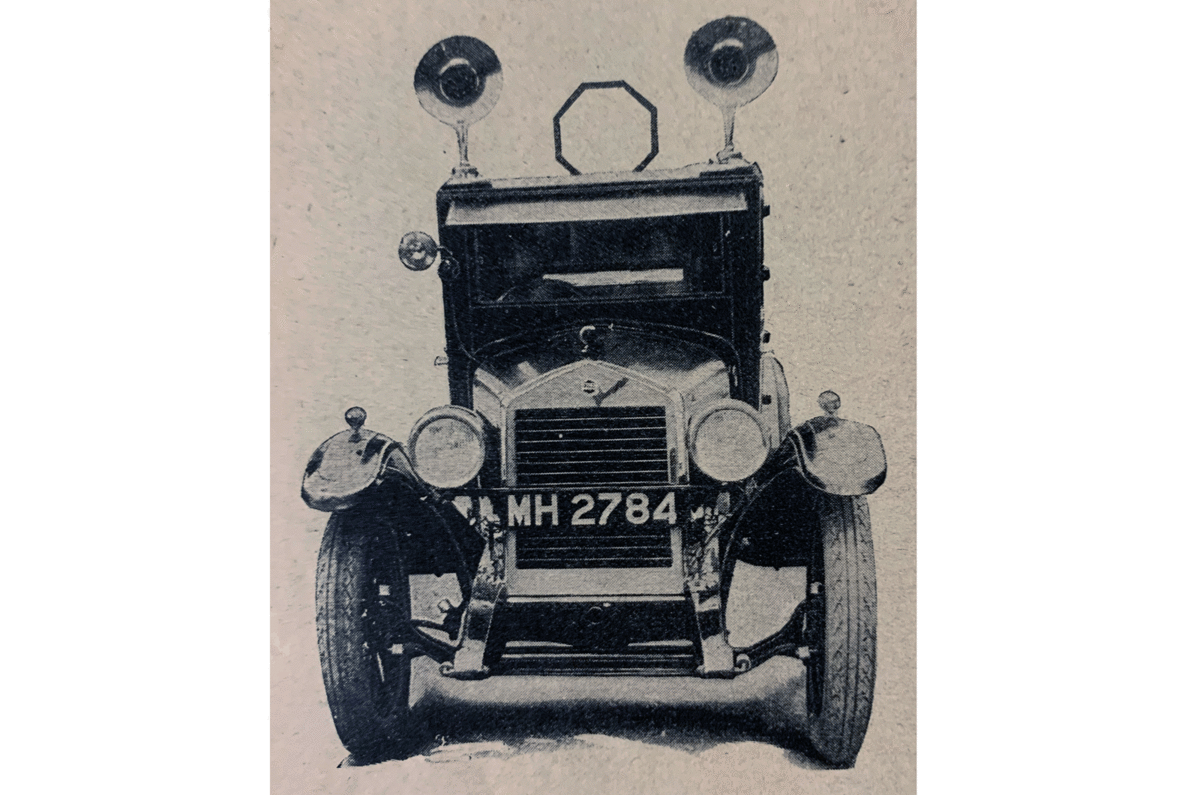

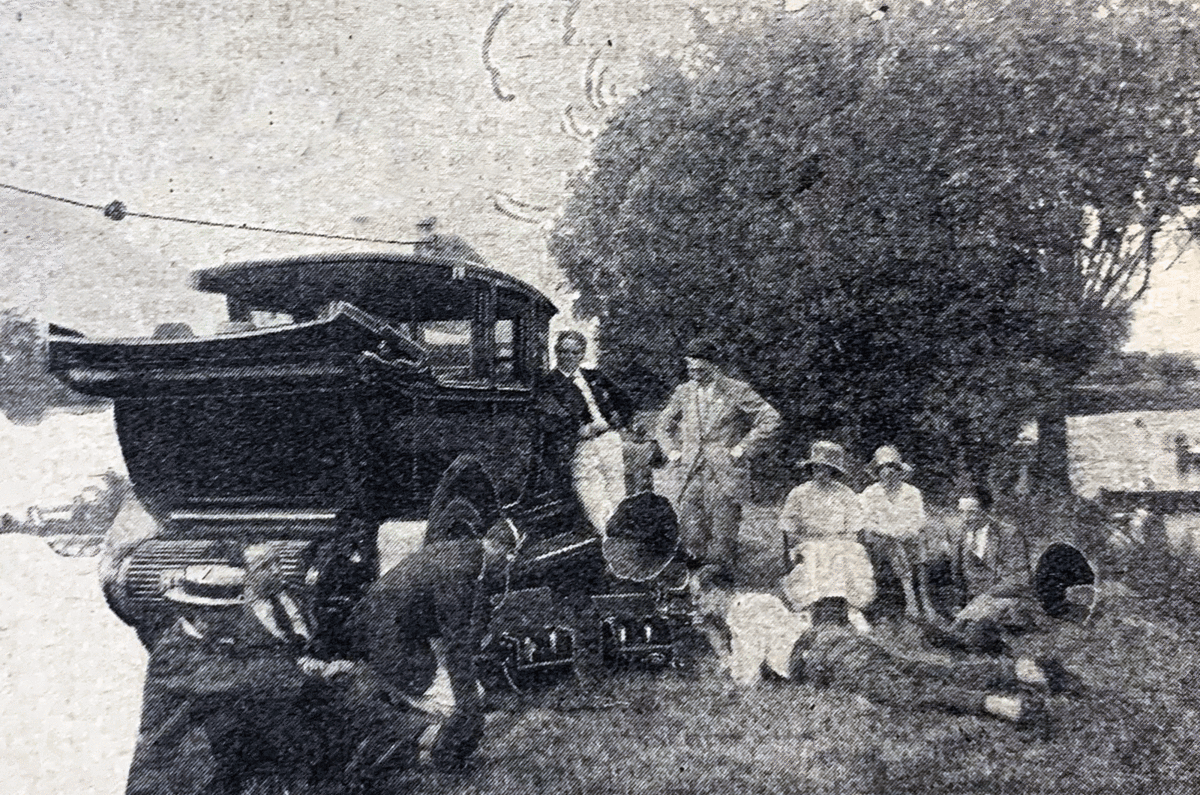
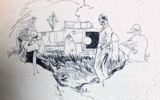
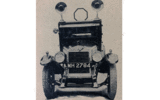




Add your comment